17 top tools in Google Analytics
Discover how to optimise your site with Google's latest free tools.

Google has announced a range of significant updates to its Analytics reporting platform, utilising its machine-learning capabilities to create a deeper understanding of individual users. This is music to marketers and website owner’s ears, since we are working hard to meet a resounding user demand for online experiences that are both relevant and personal. The more we know about our users’ behaviour, the better equipped we are to make smart choices about our website, mobile app and application development investments.
These critical updates comprise four new features: all of which will help us to measure customer journeys at a deeper level, while accurately understanding individual user experience and engagement across channels and devices. This tutorial highlights the latest four enhancements, which include: Lifetime Metrics and Dimensions; Audience Reporting; Conversion Probability; and User-focused Reporting.
These are on top of existing Analytics tools, which should help in your search marketing analysis of website users and their behaviour (decent web hosting services can also help you with analysis). With Google continuing to improve the accuracy of user-level data and enabling more options for insights and targeting, the future is looking good for website owners.
Building a new site? Use a website builder for a zero-code option.
01. User-focused reporting
The standard reporting dashboard has been adapted, allowing user metrics to be at the forefront when reviewing users’ behaviour, as well as their journey to converting. This is a welcome shift from the historical focus on just sessions. Go to Admin > Property Settings > Enable Users in Reporting.
02. Audiences in reporting
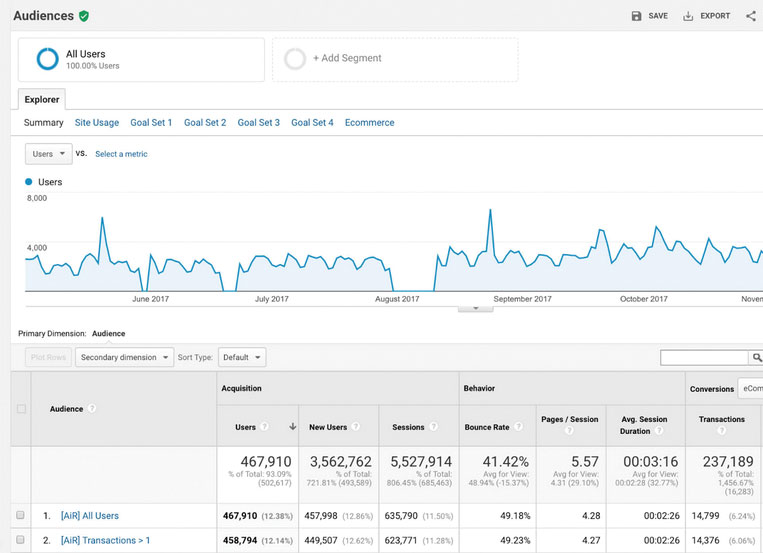
We now have the option to create audiences within Google Analytics and publish them to our analytics reports. This enables you to set audiences as a primary and explore their behaviour and performance across different segments over time (keep your findings safe in secure cloud storage).
Previously you were only able to activate audiences and publish them on Google platforms such as AdWords and DoubleClick. Being able to monitor the interactions of audience groups that matter to your business will provide insights and trends that you can actively take advantage of. Enable Demographics and Interests > Create Audiences > Publish.
Get the Creative Bloq Newsletter
Daily design news, reviews, how-tos and more, as picked by the editors.
03. Lifetime metrics and dimensions
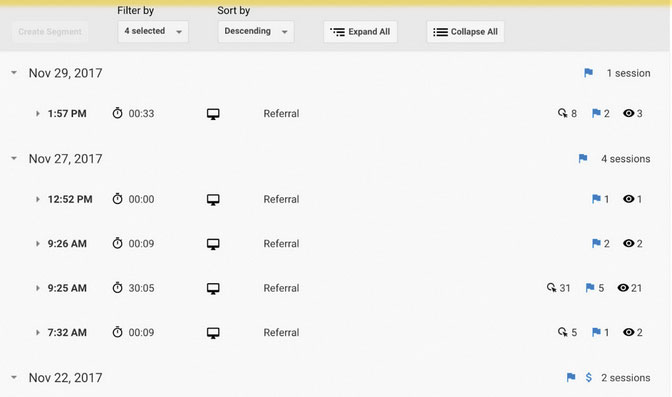
Lifetime Metrics and Dimensions enables marketers to isolate user behaviour down to the session level. This allows you to view the lifetime metrics and dimensions at the individual user level (based on the lifetime of their cookie).
This provides a detailed, holistic overview of individual user behaviour, giving valuable insights on: how many times they have visited; the total time spent on a site; what pages they are looking at; the total number of transactions made, and so on. We can effectively maximise the value of these insights, by delivering a better experience through tailored messaging and remarketing.
04. Demographics and interests
As well as understanding your users’ journeys better, you can also understand more about them by enabling Demographics and Interests Reports. These provide valuable insights on age, gender and interest categories that will help to shape your ongoing marketing activities. Go to Audience > Demographics.
05. Behaviour flow
See how users interact with your website via the Behaviour Flow report, by visualising the path they take from one page or event to the next. This helps you to discover which content keeps users engaged, as well as identifying potential usability issues. Go to Behaviour > Behaviour Flow.
You can also use the Behaviour Flow report to investigate how engaged your users are with your site’s content: Is there an event that is always triggered first? Are there any patterns between desktop and mobile user pathways?
06. Frequency and recency
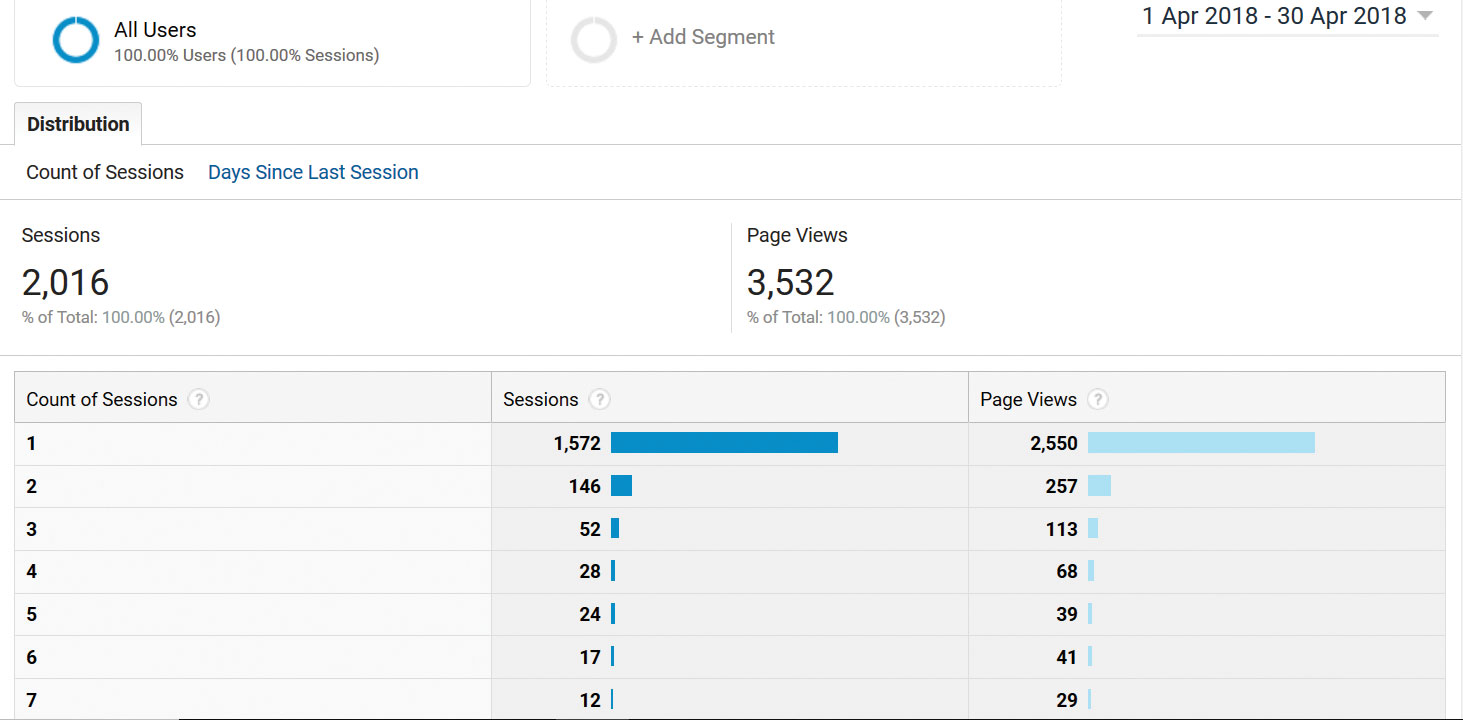
Gain insights on how many times users visit your website, and how many days there are between visits. This is particularly useful in planning your marketing campaigns when combined with a conversion segment, since it will reveal data on how many visits it takes a user to convert over a set amount of time. With these segments you can identify patterns to help you schedule remarketing campaigns, email marketing and other promotions. Go to Audience > Behavior > Frequency & Recency.
07. Real-time data
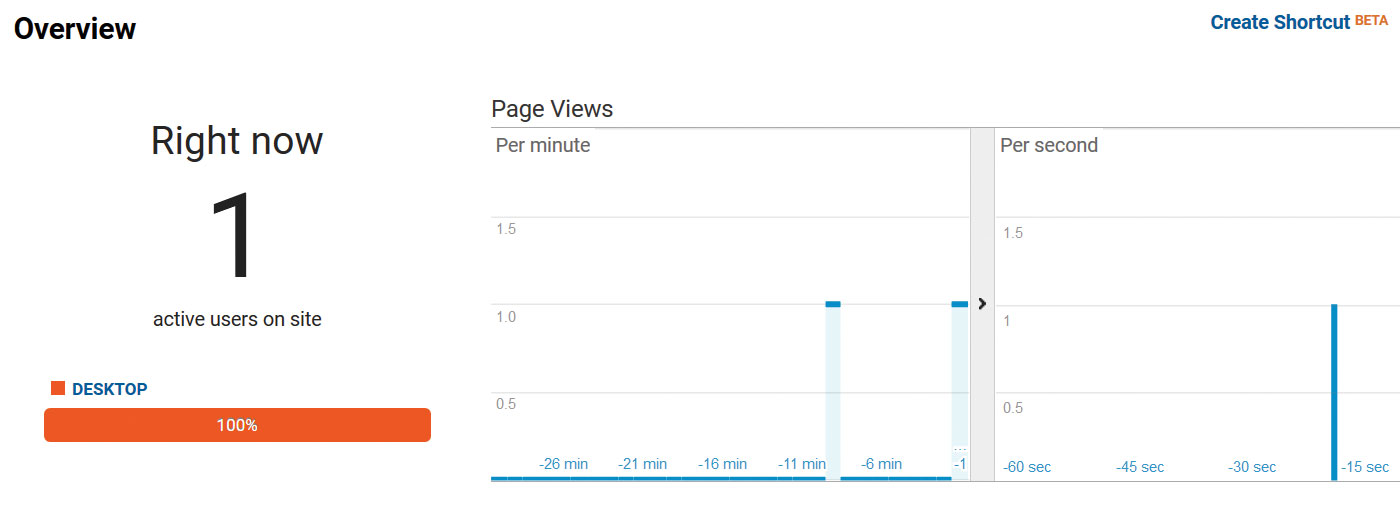
Real-Time is an invaluable resource within Analytics as you can review your user’s interactions and behaviour immediately, in real-time. This is particularly useful when launching a new website, design, or landing page. Go to Real-Time in your Analytics dashboard.
08. New vs. returning visitors

Understanding what content encourages users to return to your website is a primary insight in driving increased user engagement, dwell time and conversion. Returning visitors are more likely to convert into customers or brand followers. Go to Audience > Behavior > New vs Returning.
09. Google's mobile first index
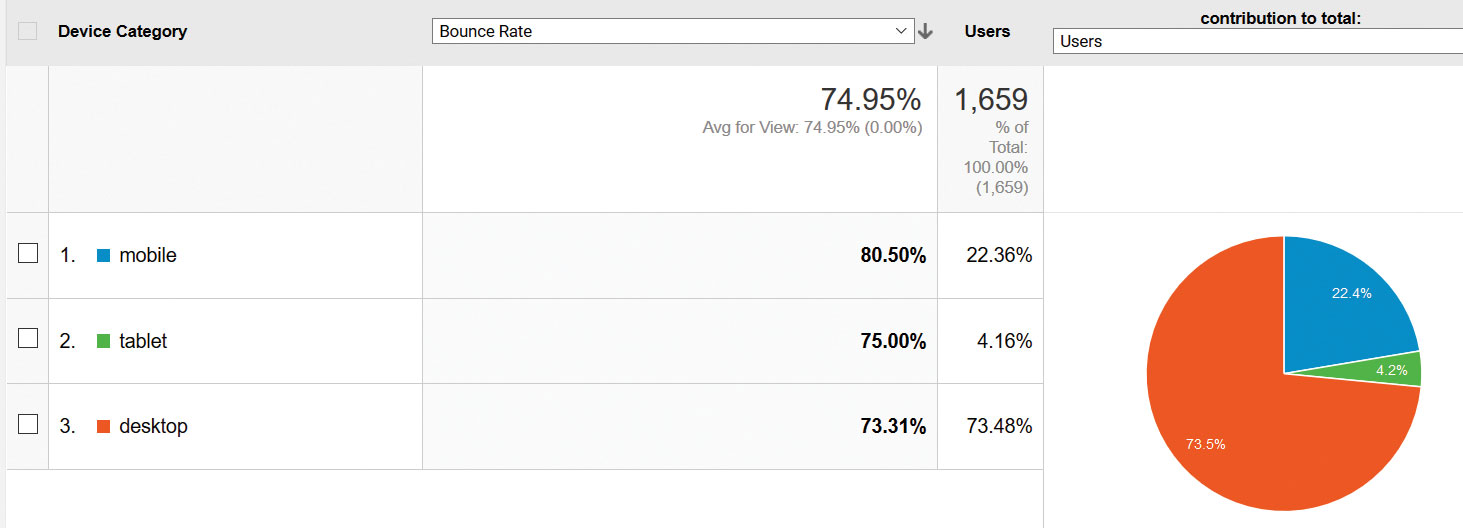
The mobile version of your website will become the baseline for how Google ranks and indexes your website. It is therefore vital to understand your mobile traffic, in particular the impact of mobile devices on user journeys, as well as conversions across your website. Go to Audience > Mobile.
10. Conversion goals
Understanding how visitor segments are performing (across micro and macro conversion goals) can be extremely powerful. If you don’t have the mechanisms in place to easily see how visitor segments perform, you won’t have an understanding in how your campaigns perform. Go to Conversions > Goals.
11. Multi-channel funnels
Detail how your marketing channel traffic (direct, referral, organic, paid…) works together to create conversions. Understand what role prior website referrals, searches, and ads played in the final conversion. Without this, conversions are credited to the last touchpoint that referred the user.
12. Attribution models
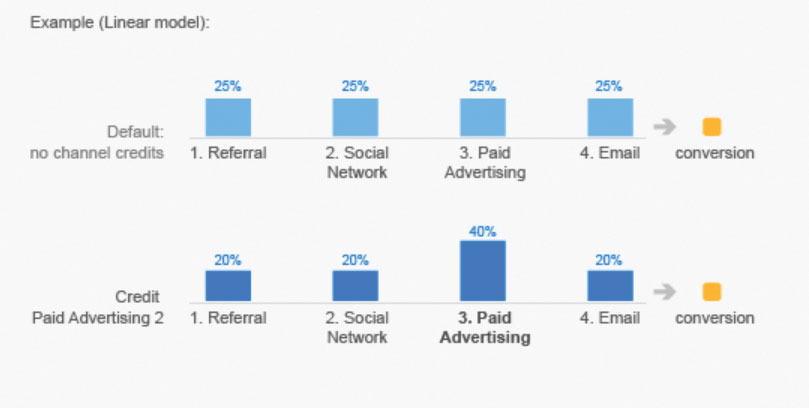
Assign credit for sales and conversions to touchpoints in conversion paths with the Model Comparison Tool. Compare how different Attribution models impact the valuation of your marketing channels, and what’s the most effective use of your time. Go to Conversions > Attribution > Model Comparison Tool.
13. Conversion probability
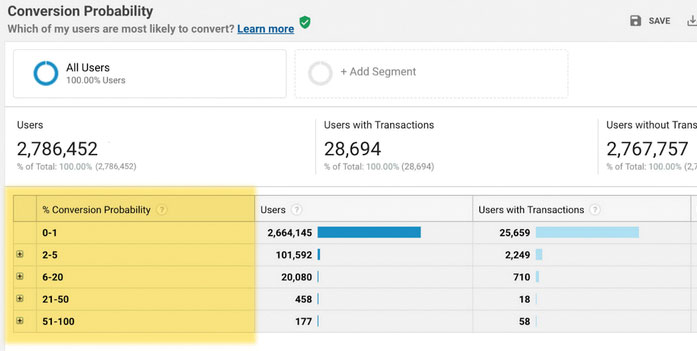
This is perhaps the most exciting of the four major updates from Google, since it has the highest potential impact on conversion. An exciting opportunity to take advantage of predictive analytics, and machine learning to identify future customers. Go to Audience > Behaviour > Conversion Probability.
14. Site speed
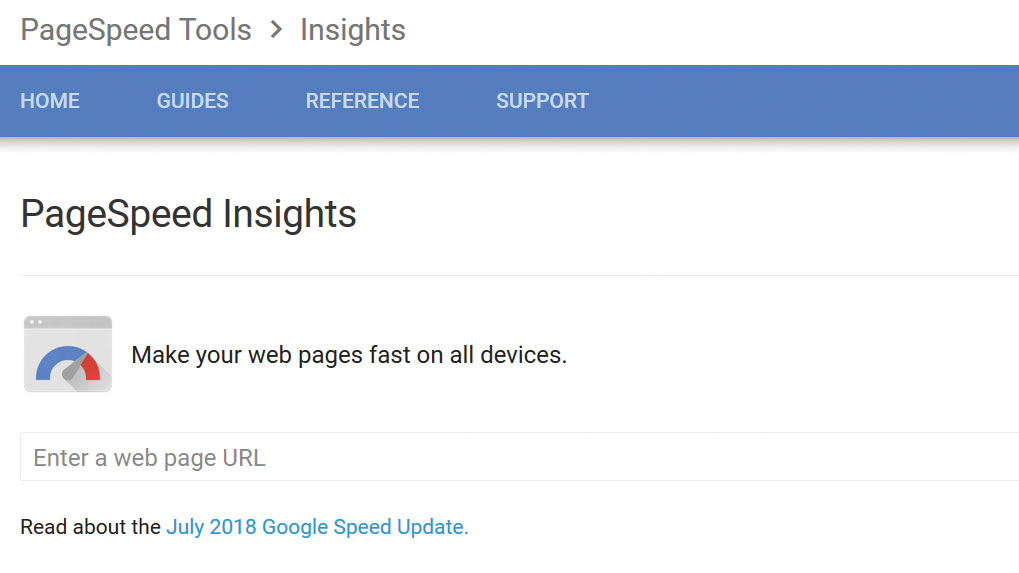
The length of time your website takes to load not only affects your user experience, it also influences your website’s visibility in search. It is imperative to review your speed in Analytics and act upon the PageSpeed suggestions for each of your indexed pages. Go to Behaviour > Site Speed.
15. Utilise search console

By configuring Search Console within your Analytics, you will see a combination of user data that will help to optimise your website for the most profitable traffic. This unlocks data, such as identifying landing pages which have good click-through rates (CTR) but poor average positions in the search results – these could be pages that people want to see, but are having trouble finding. This is an opportunity to improve both the content and metas to encourage more visitors. Go to Acquisition > Search Console.
16. Benchmark against the competition
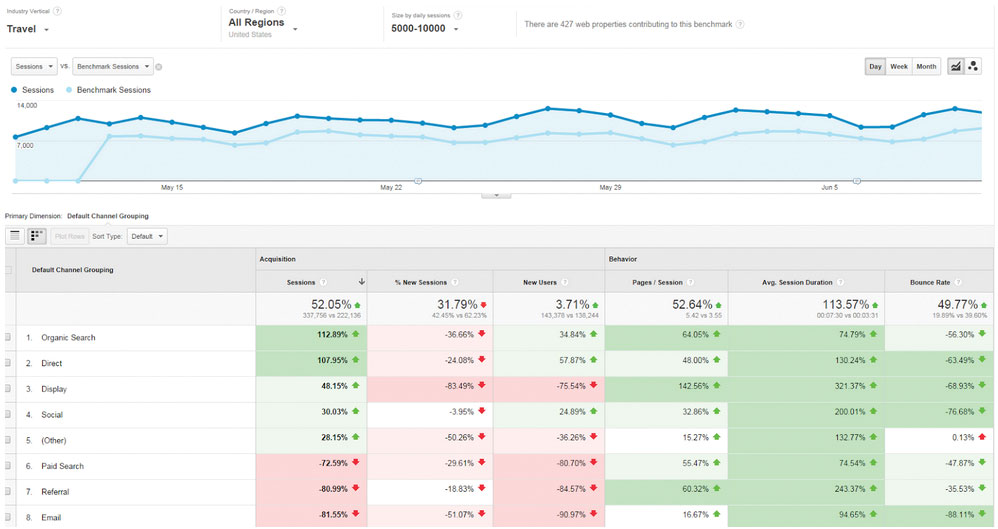
Set meaningful targets, gain insights into your industry trends and benchmark yourself against the competition. This report provides valuable context by comparing website performance (channel, location, device and user flow) to previous results and to industry averages. Go to Audience > Benchmarking.
17. Google optimise
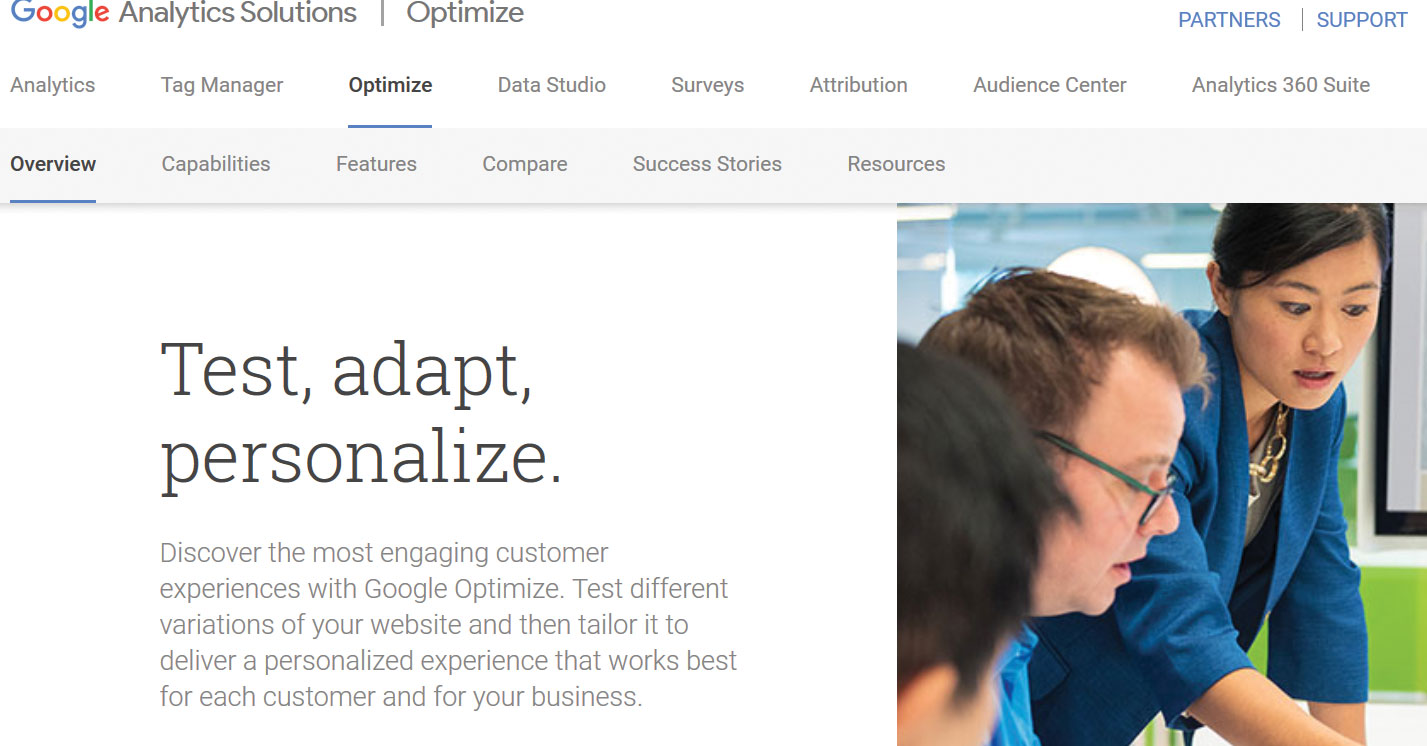
A great way to understand user journeys better is to perform testing. Google Optimize is built on Analytics and enables you to discover the most engaging customer experiences by testing variations. You can then adapt your environment to deliver a personalised experience.

This article was originally published in Web Designer magazine. Buy issue 276 or subscribe.
Read more:

Thank you for reading 5 articles this month* Join now for unlimited access
Enjoy your first month for just £1 / $1 / €1
*Read 5 free articles per month without a subscription

Join now for unlimited access
Try first month for just £1 / $1 / €1
